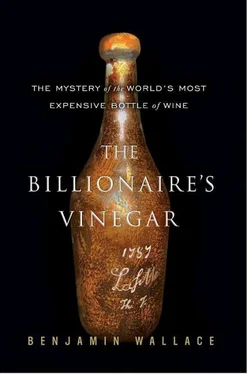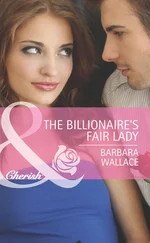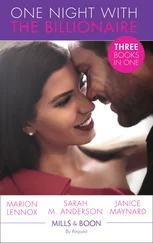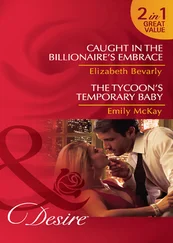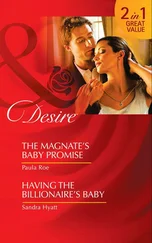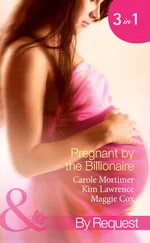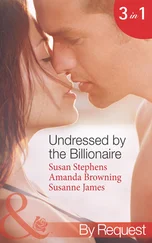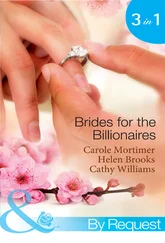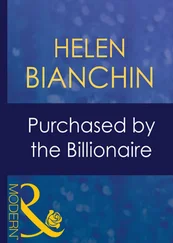Throughout the nineteenth century, the largest markets for claret were in flux. During the 1850s, the United States was the best customer. From 1860 to 1890, Argentina, flush with beef and wheat money, claimed that role. But most of the wine going to the Americas was lesser stuff, not the expensive first growths that merited cellaring for decades. Those remained the province of the British. Over the century following the 1855 Classification, untold tons of the top growths found their way across the Channel into the cellars of private houses, wine merchants, and ancient colleges at Oxford and Cambridge. Very often it was Lafite.
It was not uncommon for deposits to these cellars to outpace withdrawals. Original purchasers died, leaving stocks of wine that their children or grandchildren might have less interest in. By the middle of the twentieth century, England and Scotland had come to be riddled with underground repositories of precious old vintages. They were just waiting for someone to come along and notice.
MICHAEL BROADBENT WAS born into a Yorkshire mill-owning family, and was twenty-two before he tasted a top wine. On a summer evening in 1950, a doctor who was a friend of the family served him 1937 Yquem with nectarines. At the time, Broadbent was an indifferent architecture student at the University of London. Two years later he was drifting when his mother spotted a newspaper ad for a “wine trainee” with a merchant named Tommy Layton.
His first year in that sadly paid job, Broadbent pawned his stamp collection to make ends meet. That autumn, at Layton’s suggestion, he began taking notes on every wine he tasted. He never stopped. Over the next fourteen years he rose to national sales manager of Harvey’s of Bristol, a prominent merchant. Then, in 1966, Broadbent heard that Christie’s was going to start selling wine. Sending off an energetic letter to the auction house—he announced the salary he would require—he persuaded them to let him found the new department.
Broadbent did not invent the secondary market for old wine, but he did reinvent it. Wine had been sold starting with Christie’s first auction in 1766, and first growths had been a staple of its auctions from 1787 on. Over the centuries, Christie’s had auctioned off the cellars of kings, prime ministers, and other grandees, among them the Duke of York, Edward VII, and Benjamin Disraeli (whose homeopath, in treating the prime minister’s asthma and gout, prescribed Lafite). But Christie’s was bombed to the ground in the Second World War. After it was rebuilt, the sale of art, antiques, and jewelry resumed, but not wine. The market had been dormant for a quarter of a century when Broadbent arrived.
Rosebery was a harbinger. That first season, Broadbent’s department held thirty-two sales, which fetched around $600,000. By 1978 the numbers would be up to forty-four sales and a turnover of nearly $5 million. Broadbent was like the man who arrived at a gold rush before it was a rush. He was first to the dig site, and over the next fifteen years he engaged in a frenzy of tomb-raiding. His most spectacular discoveries were nearly all in England and Scotland. Beneath the Earl of Strathmore’s Glamis Castle, in a damp cellar with a freakishly constant temperature of 49 degrees Fahrenheit, he found forty-two magnums of 1870 Château Lafite.
Where Christie’s had been a full-service auction house from its founding, Sotheby’s, which was twenty-two years older, had begun as a bookseller, and had only diversified in the early 1900s. Before Christie’s Rosebery sale, Sotheby’s had handled an art-and-furniture sale for the Rosebery clan, and the poaching of this client awoke Christie’s rival to the fact that, though the sums of money involved were relatively small, a wine department gave an auction house an edge in attracting new business and fully servicing existing clients. The Glamis sale, in 1970, stirred Sotheby’s to action. Glamis Castle was owned by the Bowes-Lyon family, one of whom sat on Sotheby’s board. That year, Sotheby’s launched its own wine department.
Michael Broadbent’s life was awash in wine, but it wasn’t all raised-pinky soirées. Auctioneering can be at once among the most patrician occupations and among the least glamorous. Even eminent gavel-bangers may double as glorified stockboys, cataloging and packing up the contents of moldy, spider-ridden basements and attics. And Broadbent’s wife, Daphne, and their two children were often by his side. Easter holidays meant trips to the wine country. Weekends might be spent on hands and knees in damp, grubby, medieval cellars in France, Hungary, and elsewhere, dodging white salamanders that had never seen the sun, while assembling cardboard boxes and filling them with bottles as soon as Broadbent had cataloged them.
He was a man of habits, most of which involved drinking or work related to it. Every Sunday morning Broadbent could be found in bed, writing his monthly column for Decanter, an English wine magazine. Mealtime conversation was wine talk. Starting at age seven, the children were served wine with dinner (only on special occasions were they allowed the option of drinking orange juice or Coke instead). Emma found it a bore, and, after giving the wine business a short try, became a lawyer and later a judge. Bartholomew cottoned to it more; at fifteen, at Château Latour, he drank an 1865 that was a revelation. Michael Broadbent was a staunch observer of that archaic British midmorning pick-me-up known as elevenses; every day he could be found, before noon, enjoying a glass of dry Madeira, German white wine, or Champagne. At 2:45 p.m., he would take a twenty-minute nap. Toward evening he would have a glass of Champagne or Tio Pepe sherry, several glasses of claret, and perhaps a vintage Port. If the regimen sounded like that of a lush, the truth was that Broadbent practiced moderation. He drank often, but he sipped, and he was an evangelist of wine’s preservative properties. His frenetic cycling didn’t hurt, either.
As a result of his meticulous record-keeping, he could tell you that he had tasted more than 40,000 wines as of the mid-1980s. That was more wines than most people had ever consumed, and more old wines than anyone alive. He could tell you the best wine he ever drank (an 1870 Lafite in magnum), the wine he would want if he were marooned on a desert island (a Terrantez 1862 Madeira by HM Borges), the oldest wine he’d ever drunk (a 1653 German hock), and his favorite producer (Lafite). It wasn’t just Lafite’s wines that put Broadbent in mind of the fairer sex; he felt that the vineyard site itself had “almost an erotic shape.”
First-growth claret, from vineyards on Bordeaux’s left bank, was at the center of Broadbent’s auctions, but since the 1855 Classification the stodgy Bordeaux aristocracy had grudgingly acknowledged the parity, in reputation and price if not official status, of a handful of other wines. Cheval Blanc, made in the medieval town of St. Emilion, across the Dordogne River from Bordeaux, and unusual for being produced mainly from the cabernet franc grape, ascended to the first tier via two legendary vintages, 1921 and 1947. Also on the right bank, Pétrus, a merlot-based wine from Pomerol traditionally favored by the Belgians, won the attention of the powerful English market with its 1947 vintage. And Mouton-Rothschild gained actual premier status in 1973 when, by dint of assiduous lobbying, Baron Philippe de Rothschild persuaded the French government to take the unprecedented step of elevating the estate from second to first growth.
As Broadbent’s auctions gained in popularity, the price of old wines bounded upward. In the first five years of the new auctions, Latour 1949 and Mouton-Rothschild 1945 more than quadrupled in price. Lesser wines jumped 200 and 300 percent. Rising values led more people to wonder whether granddad’s old bottles, which had been gathering dust in the cellar for years, might be worth something, and perhaps this Christie’s chap might like to come and take a look. It was usually the Christie’s chap. Sotheby’s wine department, having launched four years after Christie’s, had been playing catch-up ever since.
Читать дальше
